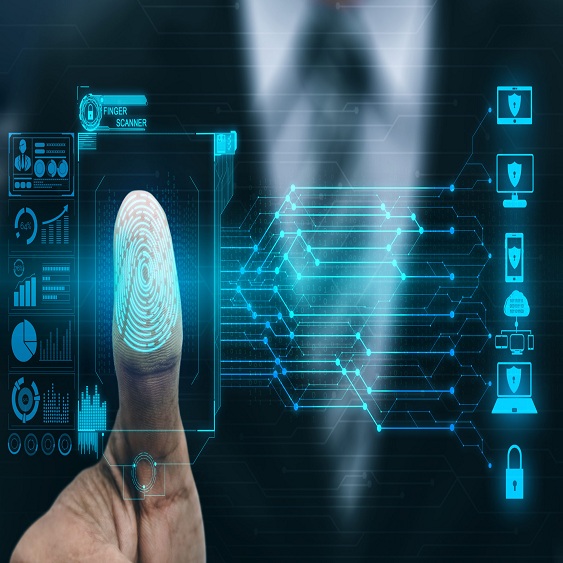The identity verification process has come a long way since it started. Whether you’re verifying yourself for legal proceedings, logging into your bank account, or subscribing to a new streaming service, the experience is constantly changing. It’s getting more secure and more efficient for businesses to implement and for customers to understand. Take a closer look at how the identity verification process has evolved:
In the past
The process of identity verification has come a long way since the days when verification was done manually. The process of verifying an individual’s identity has become more digital, efficient, and secure thanks to the use of technology.
Today
Today, identity verification is faster, more efficient, more secure, and more reliable than ever before. It’s also more cost-effective and accurate. In addition to all of this, it uses the latest technology like an identity verification platform to ensure that you can get your identity verified quickly and easily.
In addition to these advantages over traditional methods of identity verification, today’s process is also much faster than ever before because it uses cutting-edge technology to make sure that every single step in the process can be automated as much as possible. This means that there will be less human error than ever before — another advantage for both you and companies that need your information verified.
Tomorrow
The future of identity verification is bright. With the rise of artificial intelligence (AI) and machine learning, businesses can expect to see some major changes in how they verify identities. As a result of these improved methods, biometrics will become even more important in the future.
Blockchain technology has also provided another tool for identity verification as it allows users to store all their personal information on a digital platform where it can be accessed by other parties who need to verify them.
The evolution continues
As the identity verification process continues to grow, so too does its complexity. To ensure that your business is compliant with all of the latest regulations and standards in this ever-shifting field, it’s important to understand how this process has evolved.
The first step in understanding how identity verification has changed is by taking stock of the changes in technology over time. In the early days of identity verification, companies relied heavily on paper-based methods like mail or faxes to collect information from customers or employees (such as birth certificates).
However, with advances in smartphones and mobile technology, it’s possible now for businesses to request documents digitally—a much more secure option than allowing physical copies through unsecured channels such as mailboxes or postal delivery services like UPS or FedEx Mailbox Plus locations where anyone could access them without proper authorization.
The identity verification process is constantly changing, with technology improvements and security implementations along the way. From the past to today’s solutions, there have been many developments in this area as companies seek to improve their customer onboarding efficiency and protect themselves from fraud.
With more businesses using online forms to fill out the information about themselves or others (such as tax documents), businesses may see an increase in government agencies requesting that people prove their identities through this method instead of traditional means. The future holds many possibilities for how companies will verify identities – whether it be by fingerprint scans, facial recognition software, or something else entirely.

Infographic Created by Clover, Effortless POS System Solutions for Your Business




